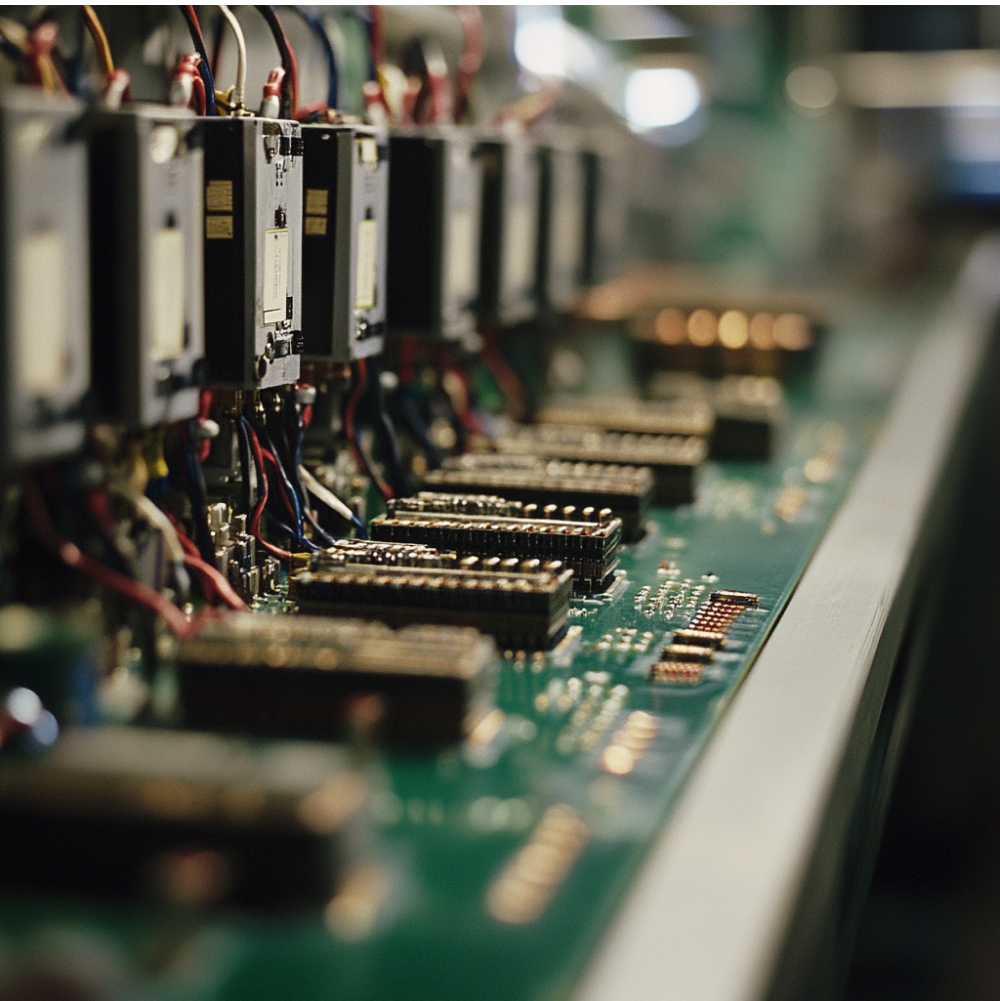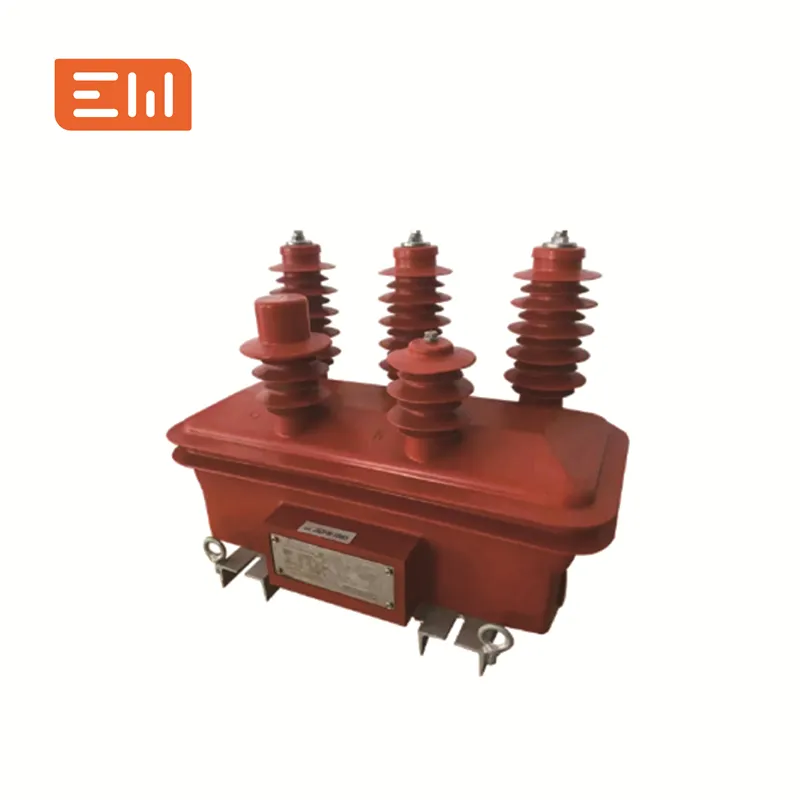Understanding Low Voltage Transformers: A Guide
Hey there! So, you're curious about low voltage transformers, huh? Well, you've come to the right place. Whether you're a DIY enthusiast looking to amp up your home lighting or just wondering what makes your LED lights glow so beautifully, we're going to break down everything you need to know about these nifty devices.
What is a Low Voltage Transformer?

Alright, let's get the basics out of the way. A low voltage transformer is a device that changes—or transforms—electricity from a higher voltage to a lower one. Why would you want to do that? Well, many gadgets and lighting systems work best with lower voltages. It's like giving your electronics the perfect amount of juice to keep them running smoothly without frying their circuits.
Why Use a Low Voltage Transformer?
Think about your LED lights. These little guys are super energy-efficient, but they need a specific voltage to shine their brightest. That's where the low voltage transformer comes in! It takes the high voltage from your power source and dials it down to a level that your lights can handle. This not only helps your lights last longer but also saves energy. Win-win!
Different Types of Transformers
Now, not all transformers are created equal. You've got your high voltage transformers, which are used for big, industrial jobs, and then there are our stars of the show—low voltage transformers. These are perfect for residential use, especially for lighting systems.
Low Voltage Lighting Transformer

This type of transformer is specifically designed for lighting systems. If you've got garden lights or fancy indoor fixtures, you're likely using a low voltage lighting transformer. They keep your lights glowing beautifully while keeping your energy bills in check.
Low Voltage Transformer for LED Lights
LED lights are all the rage, and for good reason—they're efficient and long-lasting. But to keep them working their best, they often need a specialized low voltage transformer. These transformers ensure your LEDs get the right amount of power, preventing flickering and extending their lifespan.
How Do Transformers Work?
Okay, let's get a little techy for a second (but not too much, promise!). A transformer works on the principle of electromagnetic induction. It has two sets of coils, known as windings, wrapped around a magnetic core. When electricity passes through the primary winding, it creates a magnetic field that induces a voltage in the secondary winding. This is how the voltage is transformed!
High Voltage vs. Low Voltage
High voltage transformers are used in power grids to transport electricity over long distances. They convert electricity to a super high voltage to reduce energy loss during transmission. Once the electricity reaches its destination, low voltage transformers step in to bring it down to a safer, usable level for homes and businesses.
Choosing the Right Transformer

So, you're in the market for a low voltage transformer. What should you look for? Here are some quick tips:
- Compatibility: Make sure the transformer matches the voltage requirements of your devices or lighting systems.
- Wattage: Choose a transformer that can handle the total wattage of all your lights or devices combined.
- Type: Decide between electronic or magnetic transformers. Electronic ones are generally smaller and quieter, while magnetic types are known for their durability.
Installation Tips
Installing a transformer isn't rocket science, but it's essential to do it right. Always turn off the power before you start, and make sure your connections are secure. If you're not comfortable working with electricity, it's best to call in a pro. Safety first, folks!
Common Issues and Fixes
Even the best transformers can run into trouble sometimes. Here are a few common issues and how to tackle them:
- Flickering Lights: This could be a sign of a loose connection or a transformer that's not up to the task. Double-check your setup.
- Overheating: If your transformer is getting too hot, it might be overloaded. Consider upgrading to a higher wattage model.
- No Power: If your lights aren't turning on, make sure your transformer is receiving power and check all connections.
Benefits of Using Low Voltage Transformers
- Safety: Lower voltage means less risk of electrical shock.
- Energy Efficiency: Save on energy costs with a system that uses only what it needs.
- Longevity: Protect your lights and devices from voltage spikes and surges.
Wrapping It Up
So there you have it—a crash course in low voltage transformers! Whether you're lighting up your garden or setting the mood indoors, these devices are key to getting the most out of your lighting systems. Remember, it's all about choosing the right transformer for your needs and making sure it's installed safely.
Now go forth and light up your world with confidence!

